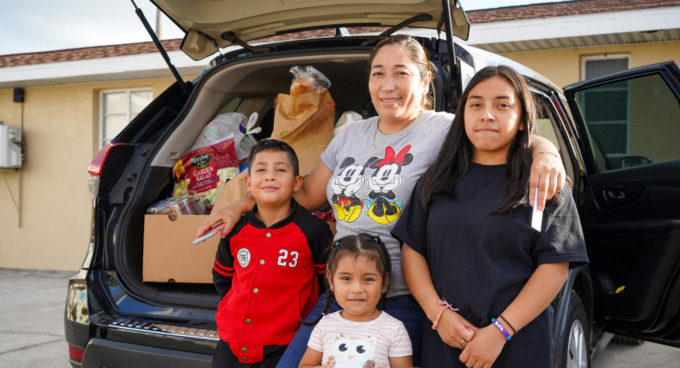
Holly works part-time and her husband has full-time work at an area hospital, but they’re still living paycheck to paycheck. Her family visits a local food bank to help fill in the gaps.
As the father of two adult children, I know the challenges that parents face even in the best of times. So it’s been with deep respect and awe that I’ve watched parents with children at home tackle the tremendous difficulties of the COVID-19 pandemic and its economic fallout. Millions of parents across the country have shown strength and resiliency while balancing the roles of provider, caregiver, teacher, coach, and more through unprecedented circumstances.
Poverty and hunger intensify the challenges that parents face. Even before the pandemic, almost 11 million children in the United States lived in households that faced hunger. This year, Feeding America projects that 13 million kids may not have enough to eat. Studies have clearly shown that children who experience hunger can suffer negative health consequences over their lifetimes. Fortunately, food assistance programs — like the Supplemental Nutrition Assistance Program (SNAP) and the Special Supplemental Nutrition Program for Women, Infants, and Children (WIC) — help ensure families have the food they need to be healthy and thrive.
Tax credits also play a significant role in bolstering the finances of lower-income households, providing critical support to help pay for essentials like food, housing, transportation, and health care.



